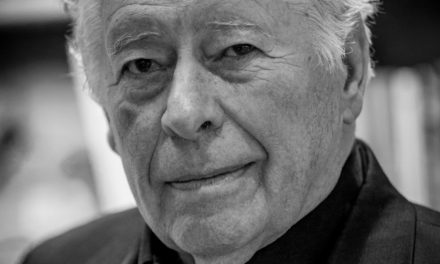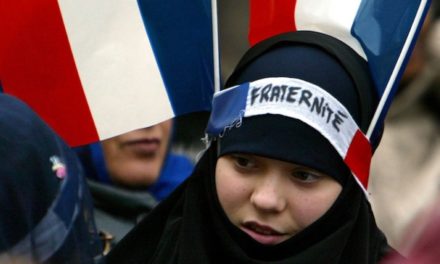Last year, the centenary of the signing of the peace decree was washed away by the coronavirus, and we Hungarians were not given the opportunity to commemorate it in a dignified way, so the state-forming nations of countries fed up with us could rub their palms with satisfaction.
On this year's National Day of Mourning, we draw attention to the fact that even in the most hopeless situation, it was worth confronting the Parisian peacemakers by describing the national rescue activities of the Ragged Guards in 1921.
The activities of the Rag Guard, which was established on April 18, 1919, are mostly attributed by "national" historians belonging to the mainstream to the restoration of order following the fall of the proletarian dictatorship, the so-called they associate it with "white terror" - of course it is sufficiently overemphasized - their role in the uprising in Western Hungary in 1921 or their activities in the Highlands of 1938 and Transcarpathia in 1939 are mostly trivialized.
Iván Héjjas, Gyula Ostenburg-Moravek, Mihály Francia Kiss, Károly Kaszala, Pál Prónay. As a result of the "class war slurping", reading this list, almost everyone remembers the "white terror" of 1919.
However, the former Jászkun hussar officer, Pál Prónay and reserve flight lieutenant Iván Héjjas, together with their comrades mentioned above, were the ones who sparked the uprising in western Hungary a hundred years ago, which fought the referendum in Sopron.
After Trianon, many people could have thought that after the loss of the war, Károlyi's mindlessly pacifist, country- and nation-losing heat wave, the bloody period of the Council Commune, the Romanian, Serbian and Czechoslovak occupation that amounted to complete looting and evisceration, and then the peace decree cutting the nation's throat, nothing could get worse. can follow. But 1921 presented new trials to the truncated Hungary led by Governor Miklós Horthy, completely isolated in terms of foreign policy and crippled by the peace decree.
According to the peace of Saint-Germain and Trianon, the Social Democratic Austria, which had stripped itself of itself, received from the body of Hungary the western part of the counties of Moson, Sopron and Vas, including the city of Sopron and its surroundings, in order to prevent the creation of the planned Czechoslovak-South Slavic corridor west of Lake Balaton.
Another undisclosed intention of the peacemakers was to reward war-losing Austria with the Guard Region for saying no to the Anschluss.
On August 20, 1921, a demonstration took place in Sopron, the "Ponzikter" did not want Sopron to become Ödenburg. According to Ernő Träger's recollection: "hundreds of fists were raised and voices cursing Austria erupted from the crowd. The representatives of the Entente powers looked around in shock and were moved by the loyalty and attachment to Hungary".
Since Sopron had to be handed over to the Austrians on August 29, the Hungarian authorities evacuated the areas to be handed over, and the National Army also withdrew from the city. Government Commissioner Count Antal Sigray took care of the handover, and public order was led by Major Gyula Ostenburg-Moravek II. he was guarded by the rooster feathers of the gendarmerie reserve battalion. The locals believed that "Sopron is a Hungarian treasure, it has been for a thousand years", "Sopron belongs to Sopronia", that is why they asked for the help of lieutenant colonel Pál Prónay, the commander of the 1st fighter battalion, who reported this as follows: "several citizens of Sopron, Thurner [Mihály ] with the mayor at the head, they visited Budapest, in the Nádor barracks, as their last refuge. "Lord help me!" Western Hungary must be handed over - this is already a fait accompli - do something, at least save Sopron, etc. (…) Upon hearing the above, I immediately took the necessary measures in the battalion itself, as well as in the irredent agencies connected to it."
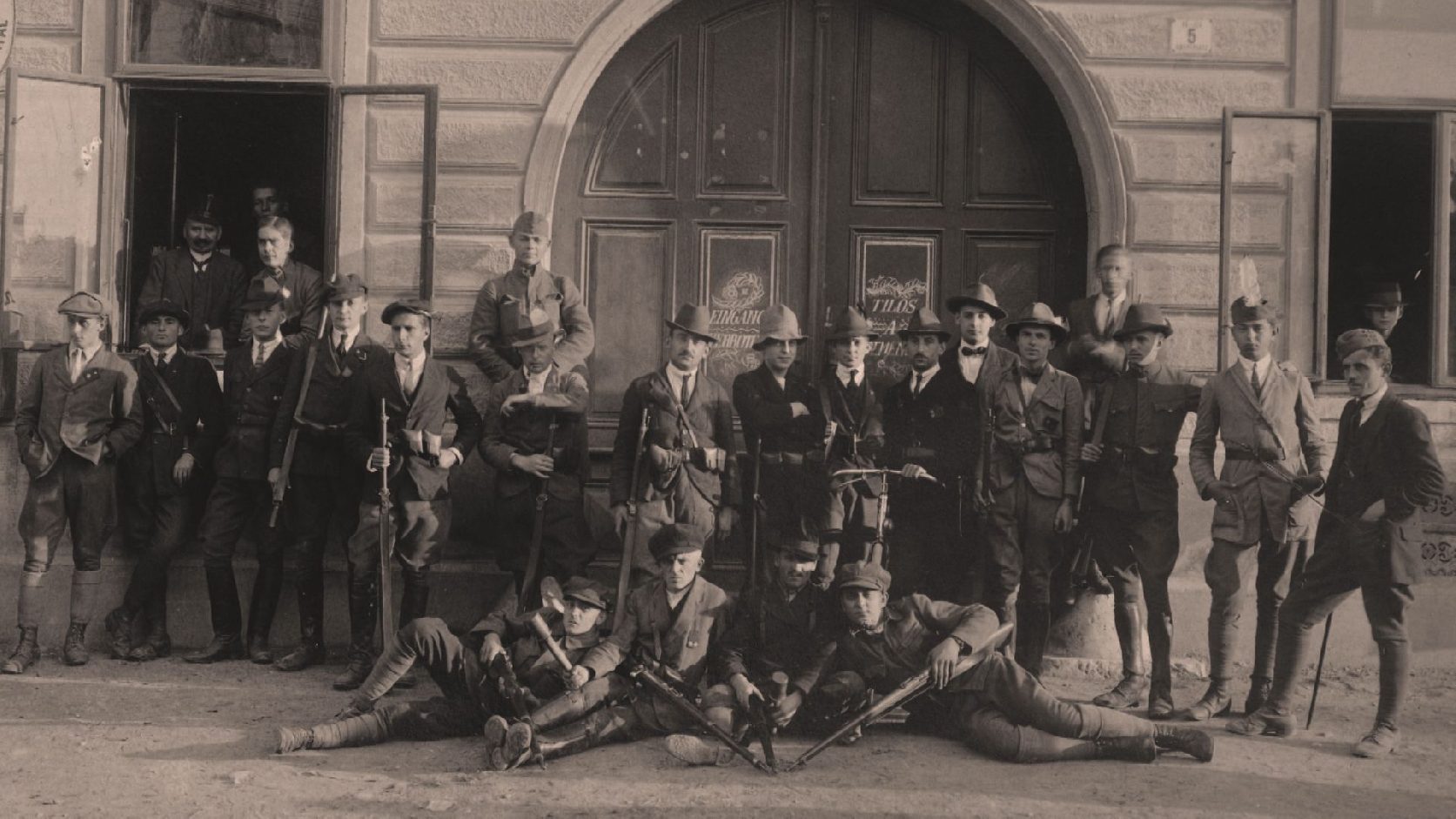
Raging Guards/ Photo: Ármin Schaffer/ Sopron Museum
According to Viktor Maderspach, a reserve hussar captain who escaped from Southern Transylvania, "official soldiers do not commit irredentism" and "in August 1921, it became clear that the Hungarian government had lost the diplomatic campaign it had waged to save Western Hungary. The time has come when social organizations had to take action to save this culturally irreplaceable area of our country."
In the extremely tense situation, Hungary's foreign policy room for maneuver was reduced to zero, and the new state structures surrounding us were just waiting for the opportunity to attack us again. The Hungarian government could not officially support the insurgents, but secretly, as a government agent, off-duty Captain Gyula Gömbös participated in the organization, initiation and support of the uprising. The League of West Hungary and other irredentist organizations and associations started recruiting, as did the Youth Circle in Sopron, whose front-line members sent out "insurgent invitations" with the following content: "Dear Friend! Home is calling. There is no compulsion. If you can, please come to Sopron voluntarily and immediately, where we will take care of your care."
On August 28, Austrian gendarmes crossed the historic border to occupy the vacated areas, but at Ágfalva infantry sub-officer Mihály Kiss, flying non-commissioned officer Károly Kaszala and hussar squadron Viktor Maderspach repulsed the intruders in a firefight with heavy infantry weapons.
Major Gyula Ostenburg-Moravek's gendarmes marched into Sopron to prevent the surrender of the city and its surroundings, they also retook Ágfalva and Brennbergbánya, and were greatly assisted in the fighting by the Ragged Guard, in which patriotic, anti-Bolshevist, officers, non-commissioned officers and soldiers with rich military experience (the persons mentioned above alongside reserve flight lieutenant Iván Héjjas), soldiers of the former Székely Division, peasants from around Kecskemét, college students from Sopron, farmers from Magyaróvár, university students from Pest, academicians from Selmecbánya refugees, and even Albanian and Bosnian insurgents fought. Major Ostenburg-Moravek vowed that he would not give up the city without a fight, declaring: "then I will not leave Sopron alive".
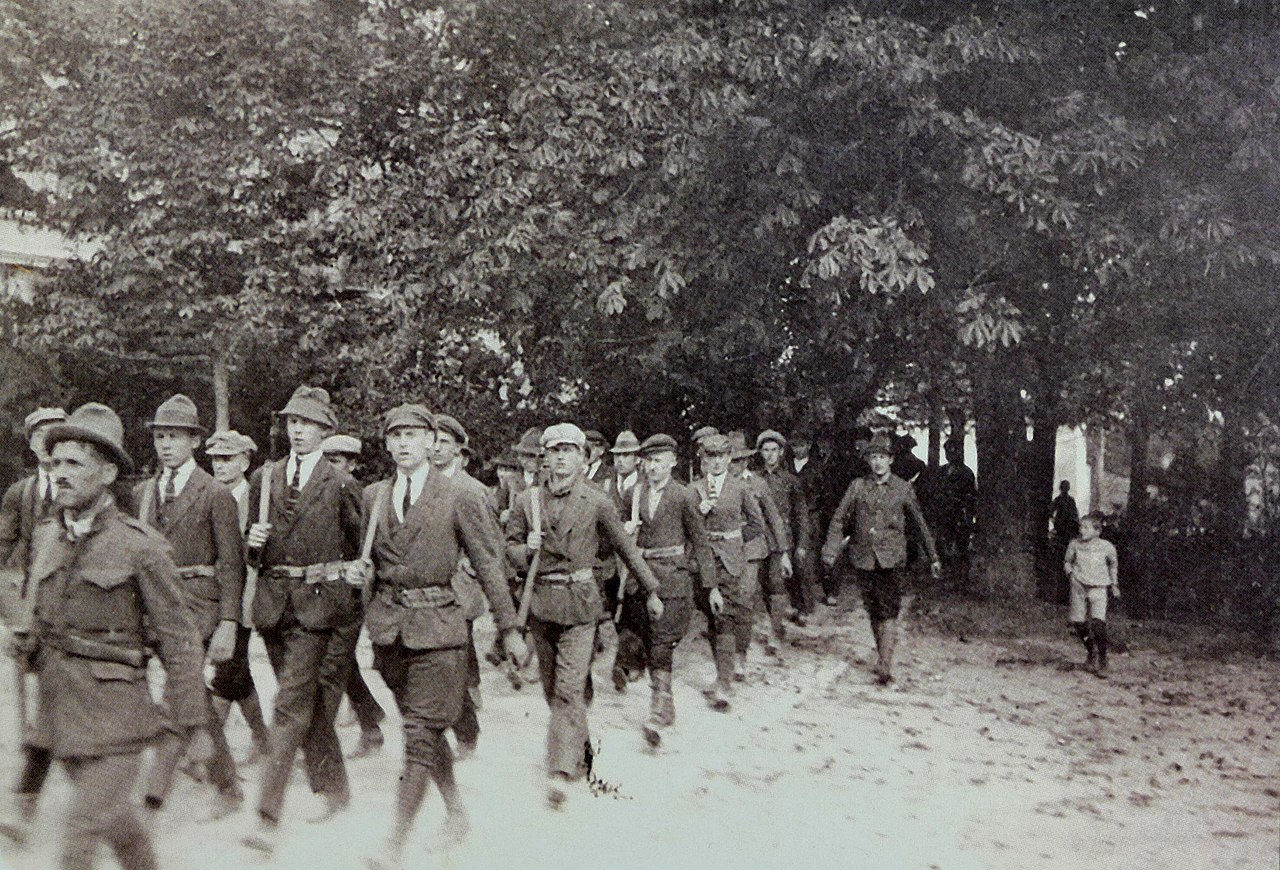
Rongyosok in Kismarton/Source: Wikipedia
Iván Héjjas's men picked up the rails in several places near Sopron to cut off the Austrians' supply. In the regions of Lajta and Pinka, the insurrection in Western Hungary broke out, lasting for about two months, on which five "insurgent armies" were active along the 200-kilometer front line, and whose soldiers were supported everywhere by the Hungarian railway workers. Twenty-four insurgents were killed in the fighting around Sopron, and one died of illness. Bosnian soldier Ahmed, master butcher László Baracsi, István Ehn, university student Ákos Gubicza, university student Ferenc Károly Hanus, lieutenant Imre Kalocsay, university student in Magyaróvár, university student Antal Lossonczy, reserve naval sergeant Gyula Machatsek, university student in Sopron, István Makó, teacher Ferenc Nemetz in Szeged, István Németh, Corporal Papp, László Kornél Párvy, Komárom County Sheriff, Ferenc Pehm, Financial Officer, First Lieutenant Roskovits, innkeeper Schmidt, platoon leader József Szabó, reserve ensign Elemér Szechányi, Sopron university student, Corporal Mihály Tóth, László Válik, Mihály Váló, Tibor Vámossy, university student and three unknown insurgents. Gyula Somogyváry's novel And yet we live also promotes their memory.
The insurgents (who were labeled bandits by the Austrians and insurgents by the foreign press) declared the Lajtabánság on October 4 in the territory they owned - to save it from the "red flood of filth" beyond Lajtán, and Pál Prónay (known as Pál Doborján) was chosen as its chief. The 4,000-square-kilometer, 200,000-inhabitant state entity levied customs duties to cover its revenues, issued stamps, and helped the Hungarian government to achieve its political goals even with its existence, since after the second unsuccessful coup d'état, thanks to Italian mediation, Hungary and Austria sat down at the negotiating table in Venice.
The Hungarian side undertook to evacuate the territories in the hands of the insurgents, and Austria accepted that the question of the affiliation of Sopron and its region be decided by a referendum. 14–16 December 1921 between Sopron and eight villages around Sopron (Ágfalva, Balf, Fertőboz, Fertőrákos, Harka, Kópháza, Nagycenk and Sopronbánfalva) decided not to request from the Austrian rule, so 355 square kilometers and 50 thousand 20 people returned to the Hungarian Holy Crown, with which Sopron deservedly earned the title "Civitas fidelissima".
According to Governor Miklós Horthy's reminiscences, the importance of the Sopron referendum went beyond itself, as it gave hope for a peaceful revision and "the first crack opened in the prison walls around Hungary".
He was right: in March 1923, Szentpéterfa and ten Vas County villages followed, then on February 15, 1924, Somoskő and Somoskőújfalu followed, proving that "peace treaties are not eternal".
Source: Felvidek.ma / Zoltán Babucs, military historian
You can see a discussion on the topic tonight at 20:00 on the M5 program, and from 21:05 the channel will show Béla Harcsa's 60-minute film entitled: Fires in the West.
https://mediaklikk.hu/m5/cikk/ortuzek-nyugaton/
about the topic here !
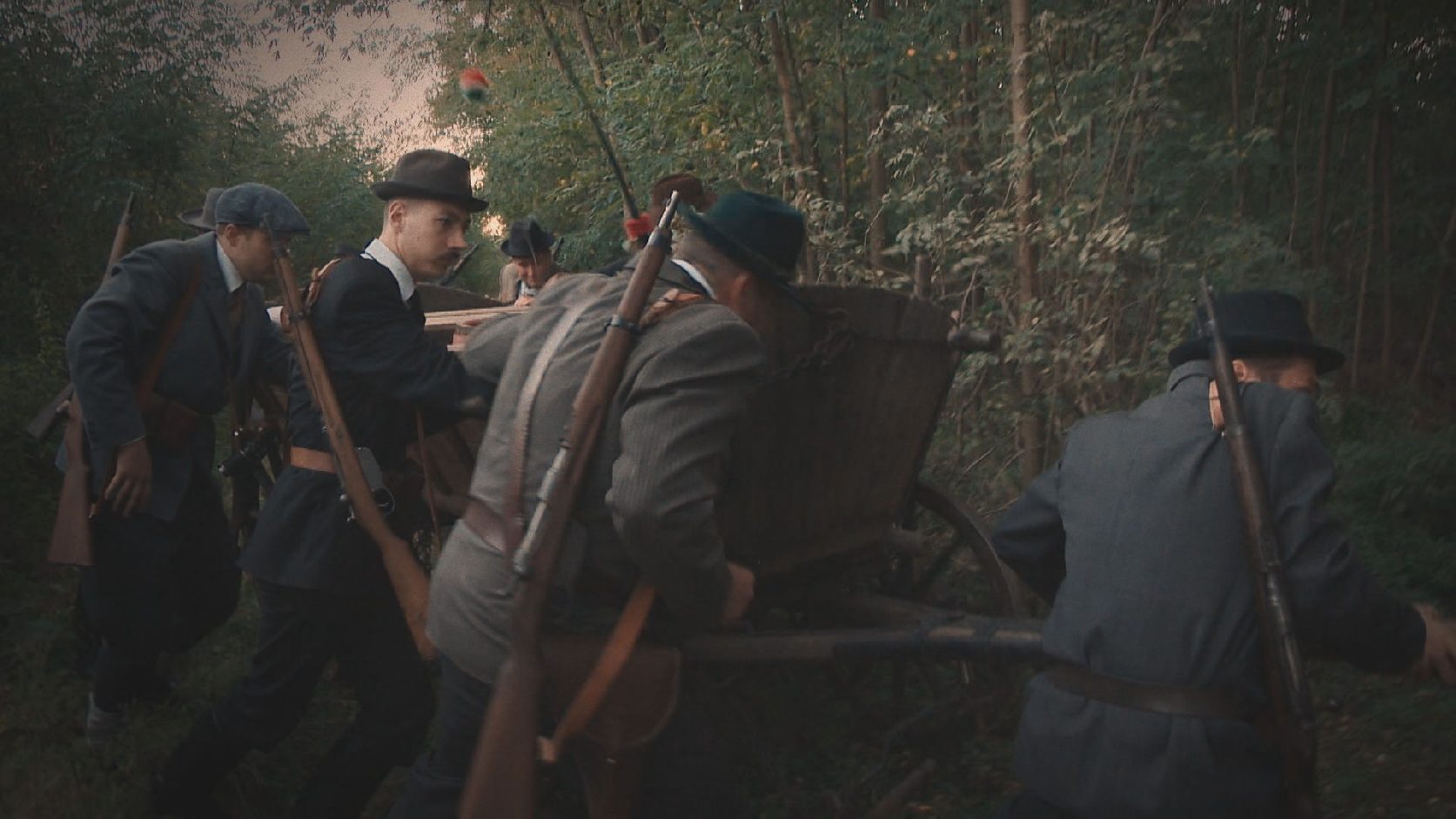
Photo/Watchfires in the West/scene from the film/Carlove INT

